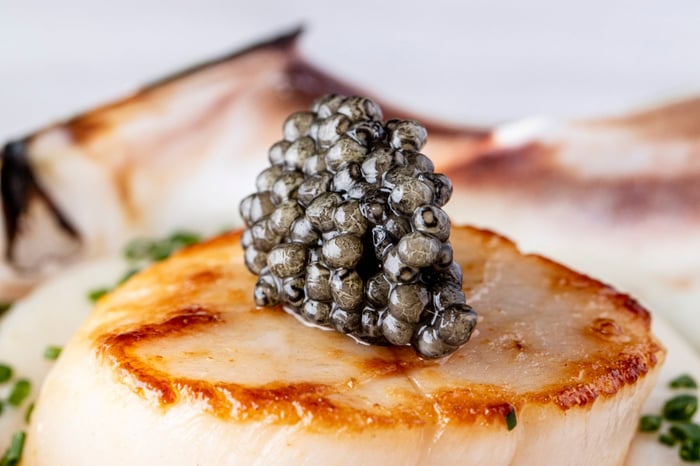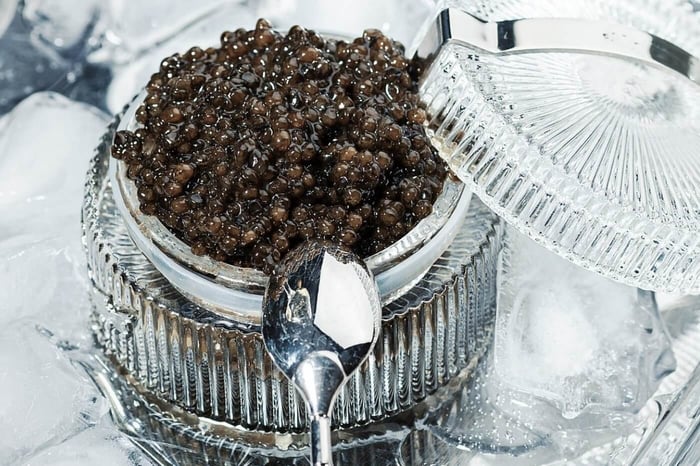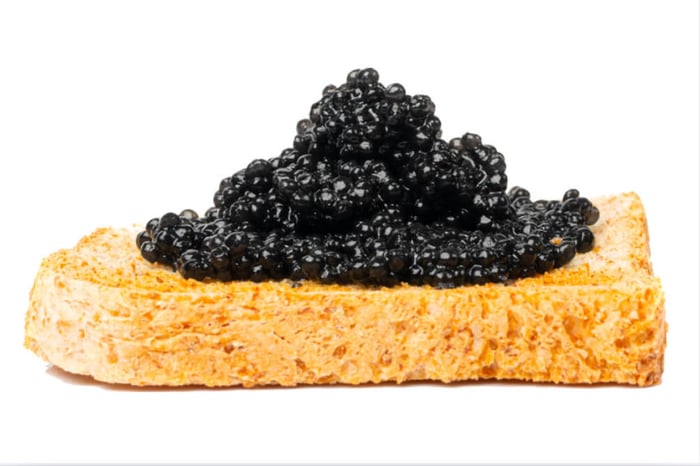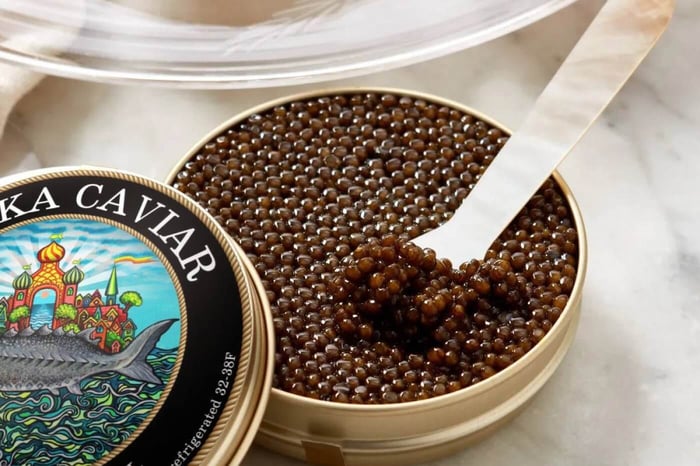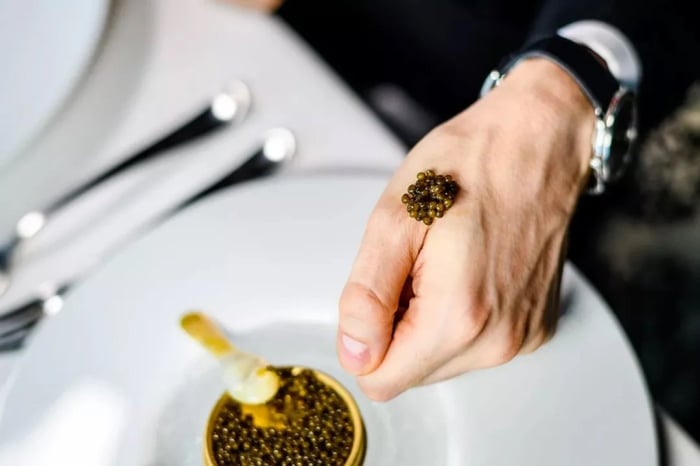 Caviar, often hailed as one of the world’s most luxurious delicacies, demands exceptional care when being packed and shipped—especially over long distances. Because it’s a perishable and high-value product, even the smallest mistake in handling can compromise its texture, flavor, and freshness. Whether you are a caviar distributor, gourmet retailer, or an individual sending a gift to a faraway destination, understanding the right methods to pack and ship caviar is crucial. Proper packaging, temperature control, and regulatory compliance are key to ensuring that the caviar arrives in pristine condition, retaining its silky taste and signature pop. In this article, we’ll explore step-by-step strategies and expert tips on how to pack and ship caviar safely and efficiently across long distances.
Caviar, often hailed as one of the world’s most luxurious delicacies, demands exceptional care when being packed and shipped—especially over long distances. Because it’s a perishable and high-value product, even the smallest mistake in handling can compromise its texture, flavor, and freshness. Whether you are a caviar distributor, gourmet retailer, or an individual sending a gift to a faraway destination, understanding the right methods to pack and ship caviar is crucial. Proper packaging, temperature control, and regulatory compliance are key to ensuring that the caviar arrives in pristine condition, retaining its silky taste and signature pop. In this article, we’ll explore step-by-step strategies and expert tips on how to pack and ship caviar safely and efficiently across long distances.
Understanding the Sensitivity of Caviar
Caviar is an incredibly delicate product made from the salt-cured eggs of sturgeon, and it requires a strictly controlled environment to preserve its quality. Exposure to heat, oxygen, or contamination can ruin the eggs, leading to spoilage or loss of texture. Because caviar is highly perishable, maintaining a constant temperature between 28°F and 32°F (-2°C to 0°C) is essential throughout its journey. Even brief fluctuations can cause the eggs to soften or develop off-flavors. Understanding the sensitivity of caviar helps determine the right packaging materials and shipping methods. For example, pasteurized caviar may tolerate slightly warmer conditions than fresh, unpasteurized caviar, but both require refrigeration. By recognizing how fragile this product truly is, shippers can adopt preventive measures that protect it during every stage of transit.
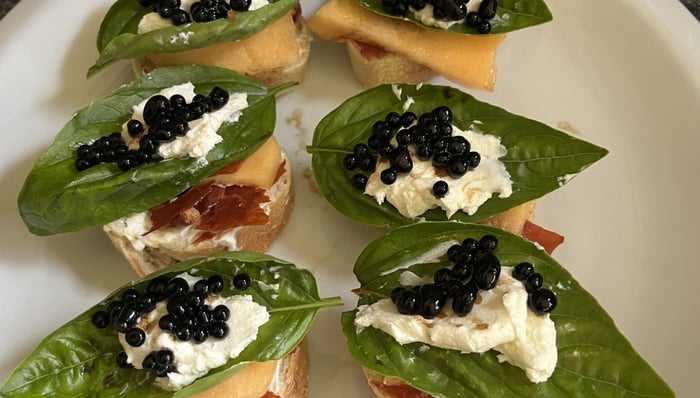
Read: The Science Behind Caviar’s Shelf Life
Choosing the Right Packaging Materials
The first step to successful caviar shipping is investing in high-quality, temperature-resistant packaging materials. Insulated containers such as Styrofoam or polyurethane foam boxes are essential for maintaining a stable cold environment. Inside these insulated boxes, gel ice packs or dry ice can be added to keep the temperature within the ideal range for extended periods. However, if dry ice is used, it’s important to comply with shipping carrier regulations, as it’s classified as a hazardous material. Vacuum-sealed tins or jars should be placed inside moisture-resistant plastic bags to prevent condensation damage. Additionally, shock-absorbing materials such as bubble wrap or foam inserts can protect the containers from physical impact. The goal is to create a multi-layered packaging system that guards against temperature changes, humidity, and movement, ensuring that the caviar arrives as fresh as the moment it was packed.
Temperature Control and Cold Chain Management
Maintaining an unbroken cold chain is the most critical aspect of shipping caviar over long distances. The cold chain refers to the continuous temperature-controlled process from storage to final delivery. Caviar must never exceed 32°F (0°C) during shipping, or it risks bacterial growth and flavor degradation. Before packing, both the caviar and cooling materials should be pre-chilled to maximize cold retention. During transport, temperature-monitoring devices can be added to track and record fluctuations, ensuring accountability and transparency. For extended travel—especially international shipping—using overnight or express delivery services is strongly recommended to minimize transit time. Professional caviar exporters often collaborate with cold chain logistics companies that specialize in perishable goods, using temperature-controlled vehicles and refrigerated warehouses. By preserving the cold chain, you protect the integrity of the caviar and guarantee a premium experience for the recipient.

Read: Caviar Production Around the World: A Regional Overview
Complying with Legal and Customs Regulations
Because caviar comes from specific fish species, international shipping involves strict regulations to prevent illegal trade and protect endangered sturgeon populations. The Convention on International Trade in Endangered Species (CITES) governs the export and import of caviar worldwide. Each shipment must include a CITES permit specifying the caviar’s source, species, and processing details. Without this documentation, customs authorities can confiscate or destroy the shipment. Additionally, different countries have unique labeling and packaging requirements. For example, the European Union mandates that caviar tins display a non-reusable label with a CITES code, batch number, and expiration date. Shippers must also declare caviar as a perishable item and follow airline or courier restrictions related to dry ice or liquid contents. Staying compliant with these regulations ensures smooth border crossings, reduces delays, and protects your business from costly penalties or confiscations.
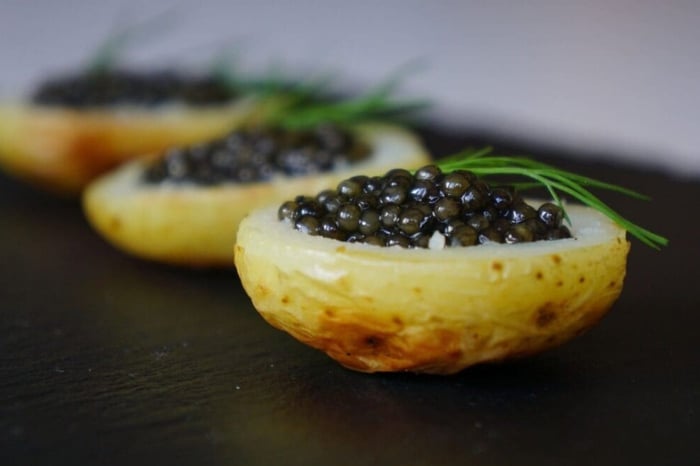
Selecting the Best Shipping Service and Timing
Choosing the right shipping partner and timing the dispatch carefully can make the difference between a successful and a spoiled delivery. Always opt for carriers experienced in handling temperature-sensitive goods, such as FedEx Cold Chain, DHL Express Medical, or UPS Healthcare Logistics. These services offer specialized options for perishable shipments, including real-time tracking and controlled temperature zones. Ideally, ship caviar early in the week—Monday or Tuesday—to avoid weekend delays that can leave the package stranded in a warehouse. Coordinate the shipment to ensure the recipient is available to receive it immediately upon arrival. Communicate clearly with the courier about handling instructions, such as “Keep Refrigerated” or “Perishable—Do Not Delay.” By aligning shipping schedules, carrier capabilities, and recipient readiness, you can drastically reduce the risk of exposure to warm environments or prolonged transit times.
Handling and Storage Upon Arrival
The final stage in ensuring caviar quality is proper handling once the package reaches its destination. Upon delivery, the recipient should inspect the packaging to confirm it arrived cold and intact. Any signs of melted ice, condensation, or damaged seals may indicate temperature abuse. Fresh caviar should be transferred immediately to a refrigerator set between 28°F and 32°F (-2°C to 0°C) and kept unopened until serving. Once opened, it’s best consumed within three days to enjoy peak freshness and flavor. For long-term preservation, pasteurized caviar offers a slightly longer shelf life but still requires refrigeration. Educating recipients—whether restaurants, retailers, or private customers—on proper storage practices ensures the quality you worked so hard to preserve during shipping is maintained through to the point of consumption.
Conclusion
Shipping caviar over long distances requires precision, planning, and respect for its delicate nature. From selecting the right packaging materials and maintaining strict temperature control to complying with international regulations and choosing the right courier, every detail matters. Caviar is not just food—it’s a symbol of luxury, craftsmanship, and care. Ensuring it arrives fresh and flawless enhances the experience for customers and upholds your reputation for quality. By following the steps outlined in this guide—understanding sensitivity, optimizing packaging, managing the cold chain, complying with laws, choosing the right shipping services, and handling with care—you can confidently pack and ship caviar anywhere in the world while preserving its exquisite taste and texture. Proper preparation transforms what could be a logistical challenge into a seamless process that delivers the world’s most refined delicacy in perfect condition, every time.
About the Author
 Igor Fishbeyn - Caviar Purveyor
Igor Fishbeyn - Caviar Purveyor
Igor Fishbeyn is purveyor of fine sturgeon caviar and creator of the Skazka Caviar brand. He is an expert with decades of experience specializing in importing, wholesaling, and retailing the finest quality caviar in the world. Igor frequently writes about caviar news and various topics about the caviar industry. He lives in San Francisco with his wife and daughter.
Shop Skazka Caviar
Browse Our Exclusive Caviar Collection
[dib_prod_5322279944351] [dib_prod_5322391584927] [dib_prod_5322633216159][dib_prod_5322609590431]
Shop Caviar By Type
Shop Black Caviar | Shop Red Caviar | Shop Caviar Accessories
Shop Beluga Caviar | Shop Kaluga Caviar | Shop White Sturgeon Caviar
Shop Osetra Caviar | Shop Salmon Roe | Shop Albino Sturgeon Caviar

